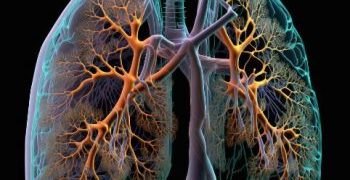Symptoms of critical limb ischemia include pain, discomfort, and lack of blood flow in the legs and feet. This condition is a sign of progressing vascular disease, and requires urgent treatment. Depending on where the problem is occurring, a diagnosis of ischemia may require angioplasty, surgery, or revascularization.
Critical limb ischemia is a serious condition that can lead to amputation. It is caused by severe arterial blockages, usually resulting from atherosclerosis. A blocked artery restricts blood flow, which causes a lot of pain and discomfort. Other symptoms include claudication, non-healing sores, and gangrene. Amputation occurs in approximately 25 percent of patients with critical limb ischemia. While the most common area affected by critical limb ischemia is the legs, it can also affect the upper extremities. In fact, if a person has a peripheral artery disease, they are more likely to develop critical limb ischemia.
Fortunately, there are treatments that can help prevent amputation from occurring. Specifically, revascularization involves surgical removal of plaque buildup in the arteries, which can result in critical limb ischemia. Another option is stem cell therapy, which is less invasive than bypass surgery and revascularizes damaged tissue. In addition, there are medications that can be used to help slow the progression of the disease and prevent amputation.

The main risk factors associated with critical limb ischemia are obesity, high blood pressure, diabetes, smoking, and a sedentary lifestyle. If you have one or more of these risks, you should talk to your doctor about ways to avoid this condition. Those who are more at risk of developing critical limb ischemia include those who have experienced menopause, are older than age 60, or have high cholesterol levels. Taking action to address these risks is the best way to avoid critical limb ischemia.
When there is a severe blockage in the arteries, blood flow to the limbs is severely restricted. This leads to intense pain, sores, and ulcers. Other symptoms of critical limb ischemia include a shortened life span, numbness, and a reduced sense of touch. This can also affect the heart, and can lead to other complications.
In critical limb ischemia, the arteries are severely narrowed and blocked. This can cause severe pain, and even amputation of the affected limb. The pain is usually localized, distally in the extremity, and is often relieved by a dependent position. In more advanced cases, the pain may become less acute due to progressive ischemic sensory loss.
Besides amputation, the other potential effects of critical limb ischemia are tissue breakdown, gangrene, and a reduction in pain with limb dependency. Some people who suffer from this disease may be able to recover through advanced treatment, but others will need to have amputation performed. This is because the arteries in the leg are connected to the brain, and the brain supplies oxygen and nutrients to the rest of the body. Amputation is an extremely serious procedure, and it should not be done unless it is absolutely necessary.









